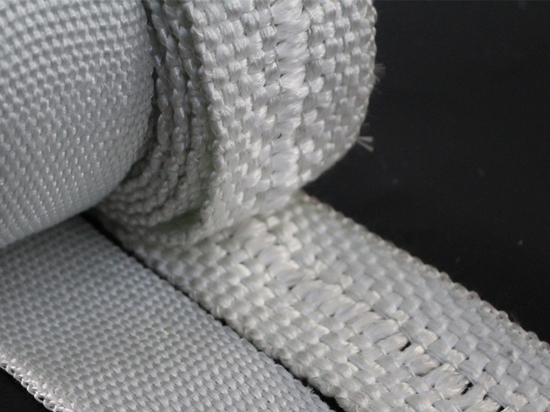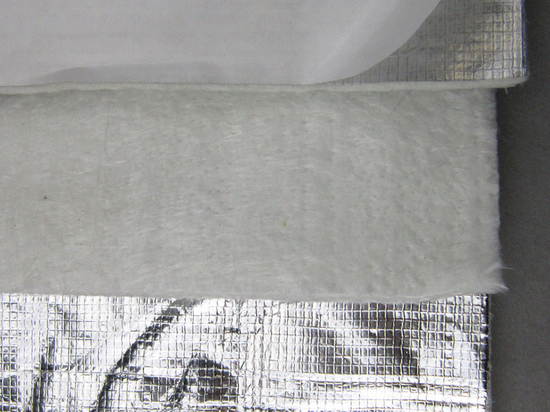
#Product Trends
What factors should be considered when selecting high-temperature fire sleeves for aerospace applications?
high-temperature fire sleeves
When selecting high-temperature fire sleeves for aerospace applications, several critical factors should be considered:
Temperature Resistance: Aerospace environments often involve extreme temperatures, including both high heat and extreme cold. Ensure that the fire sleeves can withstand the temperature ranges experienced during flight, engine operation, and re-entry.
Material Compatibility: The fire sleeves should be compatible with the materials they will be in contact with, including hoses, wires, and other components. Consider factors such as chemical compatibility, as well as any potential for galvanic corrosion when different materials come into contact.
Weight and Space Constraints: Weight is a critical consideration in aerospace applications, so select fire sleeves that provide adequate protection without adding unnecessary bulk or weight to the aircraft. Additionally, consider space constraints within the aircraft's design when choosing the size and flexibility of the fire sleeves.
Durability and Longevity: Aerospace applications demand high durability and long-term reliability. Choose fire sleeves that are highly durable and resistant to abrasion, tearing, and degradation over time, ensuring they can withstand the harsh conditions of aerospace environments without compromising performance.
Fire Resistance and Performance Standards: Ensure that the selected fire sleeves meet or exceed relevant industry standards and performance requirements for fire resistance, such as those set by organizations like the Federal Aviation Administration (FAA) or European Aviation Safety Agency (EASA). Compliance with these standards is essential for ensuring the safety and reliability of aerospace systems.
Flexibility and Ease of Installation: Fire sleeves should be flexible enough to accommodate the movement and routing of hoses, wires, and cables within the aircraft's structure. Additionally, consider ease of installation, including whether the sleeves can be easily applied or removed during maintenance and repair procedures.
Environmental Considerations: Aerospace environments can expose equipment to various environmental factors, including moisture, chemicals, and UV radiation. Choose fire sleeves that offer protection against these environmental hazards to ensure long-term performance and reliability.
Certifications and Approvals: Verify that the selected fire sleeves have been tested and certified for use in aerospace applications by relevant regulatory authorities or industry organizations. This ensures that the sleeves meet the stringent safety and performance requirements of the aerospace industry.






